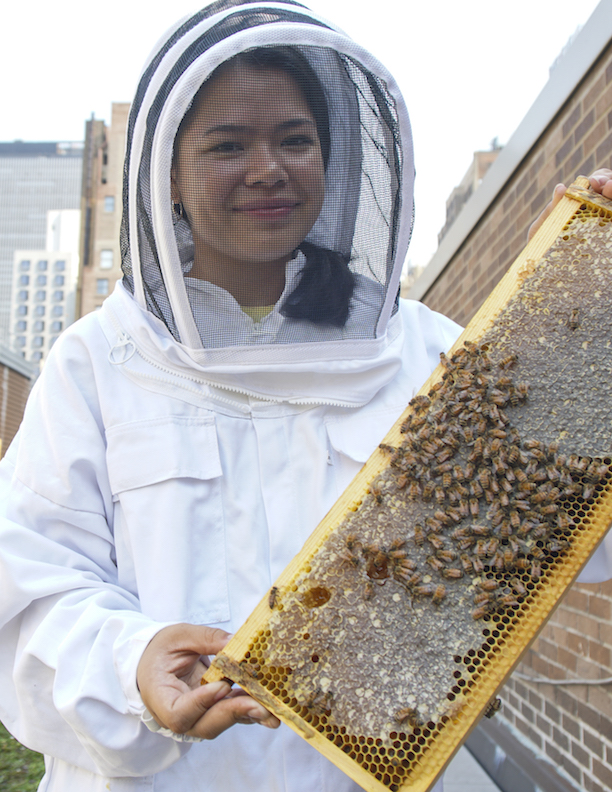
Fifty years ago, 20 million Americans from across the nation—20 million—took part in the first Earth Day. That is one-tenth of the population of the entire country at that time. They demonstrated, marched, did environmental cleanups, and so rattled Washington that soon enough, we had the Clean Air Act, the Clean Water Act, and the Occupational Safety and Health Act—not to mention the U.S. Environmental Protection Agency. Inspired by an environmentalist senator from Wisconsin, Earth Day was actually spearheaded and organized by an activist graduate student recruited by the senator.
I am reminded of that student activist today when I think about the FIT students who, for the past six years, have been chosen to attend the annual Clinton Global Initiative University (CGI U). This is an international leadership development program for university students who are activists in the making—young people determined to have an impact on some of the most pressing health, environmental, or societal problems confronting us today. It is led by former President Bill Clinton and Chelsea Clinton. Highly competitive, the program requires student applicants to design a social impact project and demonstrate that they have the resources, will, and capacity to turn their ideas into action. So it’s not surprising that the FIT students who conceived and developed our natural dye plant garden on the 9th floor terrace of Feldman were among those chosen in the past or that the two young women who designed our muslin-composting project were chosen as well.
This year, FIT was represented with three projects created by six students, joining students from 113 countries and 320 universities, including the University of Edinburgh, where the event was scheduled to take place until the coronavirus intervened. The conference—like so much else in our lives these days—was virtual and was dedicated to the topic of combating COVID-19. But this “relocation” didn’t in any way diminish the passion that students brought to their projects.
The loss of our bee population, the impact of culture on creativity, and the fashion industry’s harmful impact on the environment were the issues that our CGI U students tackled this year and I was impressed by the creative ways they chose to address them.
Michele Sparrow (Textile Development and Marketing) and Sydney Wilson (Production Management), for instance, plan to expand upon our established bee education program (FIT Hives), which started as a proposal at the 2016 CGI U. Since then, bees have been residing in hives on the roof of our bridge over 27th Street, and are very popular with members of the FIT community. Michele and Sydney proposed to train a team of students to act as bee educators and ambassadors at an increased number of special campus events. They have already engaged The Honeybee Conservancy, a non-profit group that trains beekeepers, to work with us on the hives and to offer the new FIT “bee ambassadors” the opportunity to volunteer at special events throughout the city.
Then we have William Mun (Film & Media) and Ashley Vargas (Illustration) who, last year, curated an exhibit in the Feldman Center lobby of art work by students of color that explored how their cultural identities affect their creativity. You may remember it. They also produced a very fine documentary on the same theme. The exhibit and film were so successful that they decided to turn the project—called POCreatives, or People of Color Creatives—into an annual tradition so that every year an exhibit will be produced on this timely and sensitive theme, mining the talents and perspectives of future FIT artists of color and creating a legacy. It will be fascinating to see how our thinking evolves on this topic over time.
And Abigail Dennis (Textile Development and Marketing) and Hannah Blaseg (Fashion Business Management), troubled by the fashion industry’s notorious contribution to over-consumption and climate change, committed to creating a space for monthly gatherings of the community to discuss and instill sustainable fashion practices, while recycling, repurposing, and reusing their fabric and garments. I think of it as a kind of sustainable sewing circle.
All of these projects were developed prior to the pandemic. The next challenge will be how to reconceive them for a meaningful life in the virtual world. All of our CGI U representatives are investigating social media and other on-line opportunities right now. POCreatives have already presented their documentary online in one of English Professor Amy Lemmon’s classes, which was focused on creativity. The students continue to be guided by mentors from the CGI U—as well as by Suzanne McGillicuddy, our assistant dean of students who has supervised this initiative for FIT since its inception.
POCreatives Documentary “For Someone Who Looks Like Me”
The CGI U was founded in 2007 and I had the great pleasure of attending one of the first CGI U conferences. It was in Austin, Texas. There were about 1000 students from around the world—none, yet, from FIT. What I remember most from that event is not the projects that students presented, but rather their passion. I know that college students tend to be idealistic and get enthused about causes they adopt. But this was different somehow. The commitment, the excitement, the energy, the enthusiasm—all seemed a level up—and created an ambience that reinforced the lofty ambitions students arrived with. That seems not to have changed. Dean McGillicuddy mentioned something one of our current participants said to her: “Once I graduate, “ she said, “I want to go and do something that is important…something that has meaning and benefit.” I believe she will. More power to her…and to all of these very admirable and serious activists-in-the-making. They are the changemakers of tomorrow.

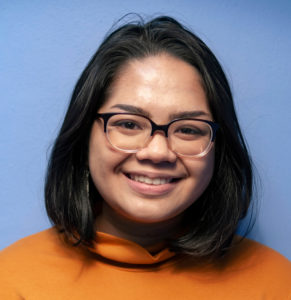
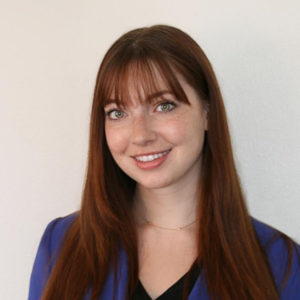
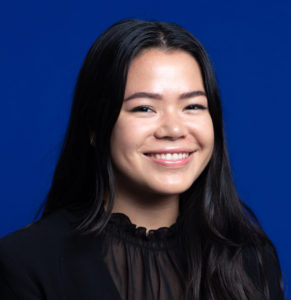

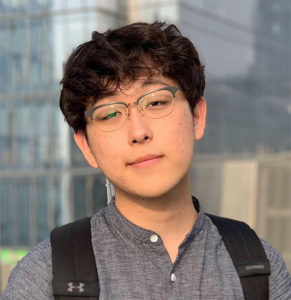
One response to “Activists in the Making”
Proud to be an Alumni!